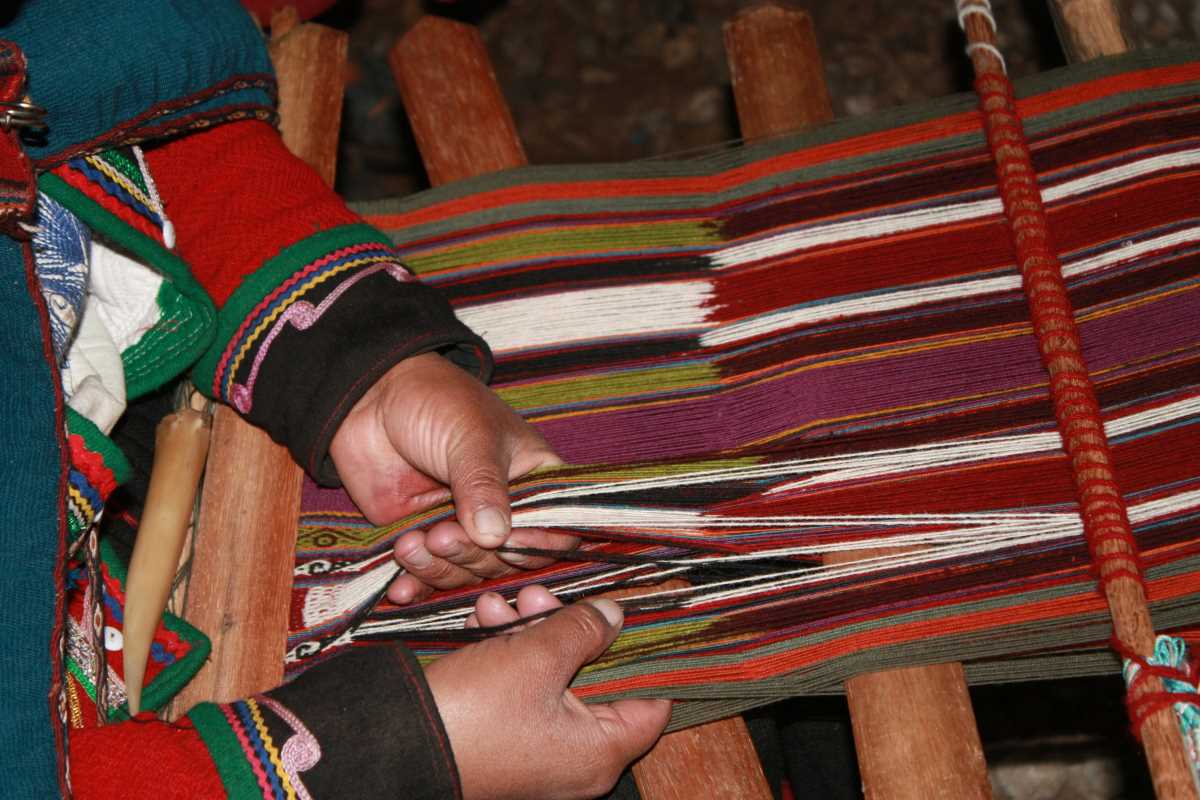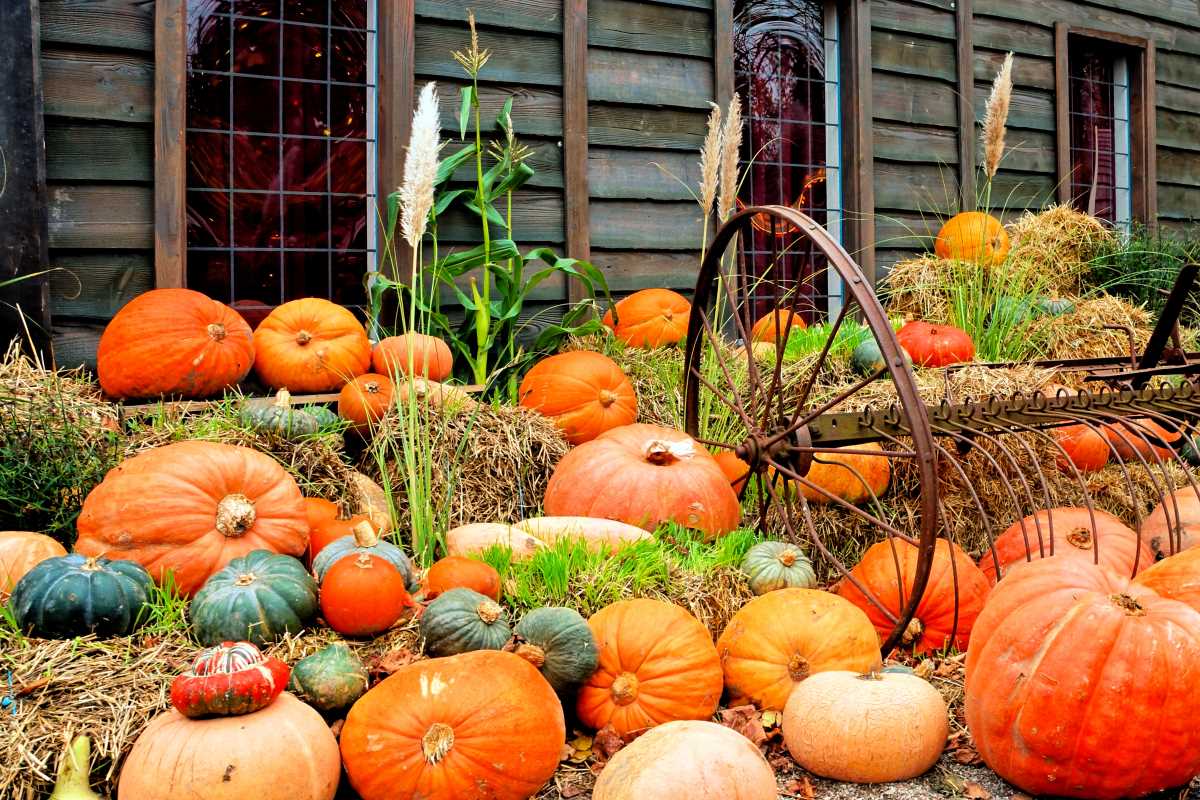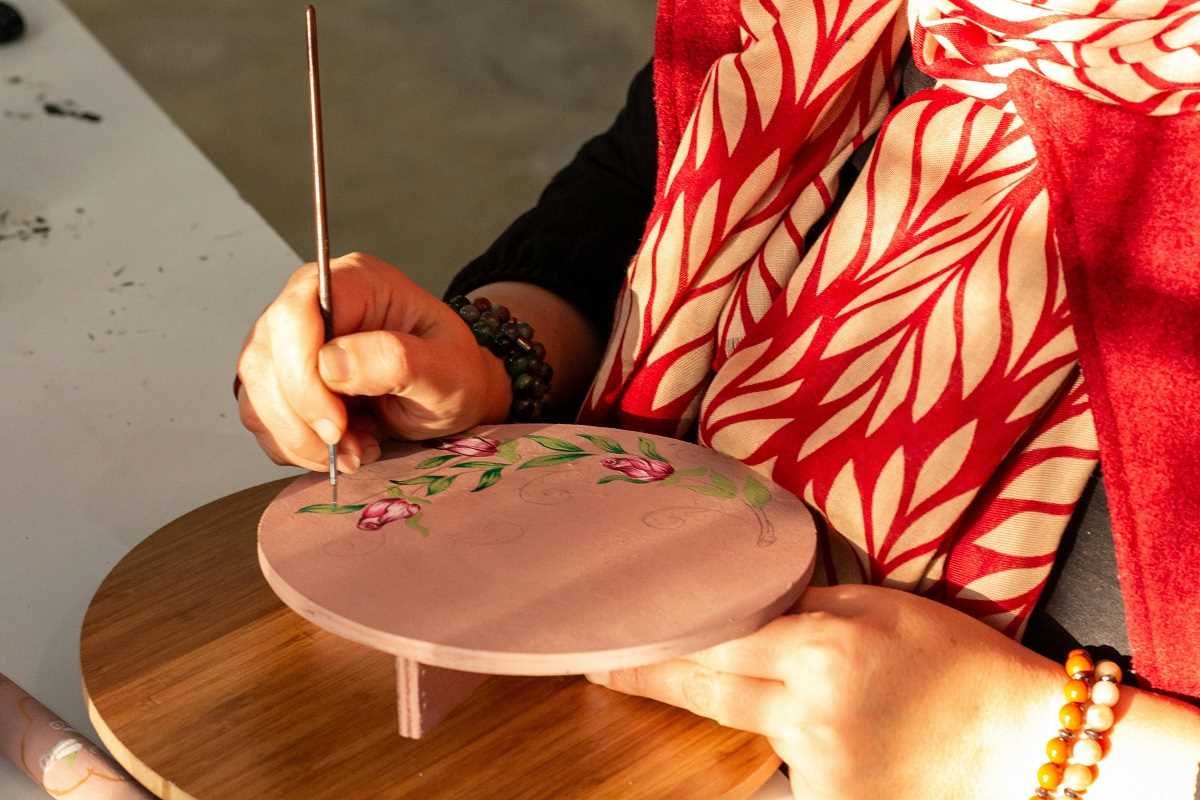Small rural communities hold a wealth of unique dialects that reveal stories, time-honored customs, and special approaches to daily life. These distinct ways of speaking connect generations and reflect the character of each place. Local dialects help shape a group’s identity and carry echoes of events, traditions, and values that have shaped the community over time. When people hear or use the words passed down from their elders, they often feel a deep sense of belonging. Protecting these dialects keeps traditions alive, strengthens cultural ties, and allows future generations to understand the history and spirit of their home.
This discussion explores practical ways to keep these dialects alive. By sharing ideas that resonate with everyday experiences and using a friendly, casual tone, we hope to inspire local residents to pass on their linguistic heritage. Local residents already know the value of their culture and find unique, hands-on ways to maintain it, creating strong bonds among neighbors and relatives alike.
Why Unique Dialects Matter
Unique dialects carry the essence of local history. They capture local traditions, beliefs, and customs that have been handed down for generations. These dialects prompt people to remember stories that date back centuries, connecting them with the wisdom and creative flair of past communities. At the same time, dialects contribute to a richer cultural tapestry when communities come together to celebrate and share their diverse backgrounds.
People recognize that maintaining a dialect means preserving a living archive. Every new generation that learns and uses these unique expressions adds to a collective memory that might otherwise fade. This living archive nurtures pride among locals and offers a sense of belonging that modern standardized languages sometimes overlook.
Challenges to Keep Dialects Alive
Many challenges stand in the way of keeping remote dialects alive. Younger generations may choose commonly used languages that seem more useful in everyday life, leaving older dialects in a state of decline. Economic pressures also push community members toward opportunities that demand proficiency in a language outside of their native speech, leading to a gradual reduction in dialect use.
Social influences and a shift in lifestyle can quickly erode the use of unique dialects. Urban migration and the dominance of media in widely spoken languages often overshadow local expressions. These factors create obstacles for communities wanting to actively use their dialects in public and private settings. Some of the main challenges include:
- Limited formal documentation or written records of the dialect.
- Younger generations choosing global languages for education and work.
- Economic pressures encouraging the use of mainstream languages.
- Influence of mass media and digital content in widely accepted idioms.
- Fewer opportunities for daily use within communities.
These challenges show that to keep dialects alive, communities need to try a mix of traditional and modern methods. Recognizing this helps develop hands-on approaches that truly capture the living spirit of each unique dialect.
Community members understand that everyone needs to work together. Facing these challenges has inspired locals to find creative ways to record and celebrate their dialects, making sure no part of their language disappears over time.
Getting the Community Involved and Starting Local Projects
Local projects provide a strong base for keeping traditional dialects alive in remote areas. Residents often organize events that celebrate local culture through storytelling, music, and theater. These gatherings create an environment where dialects naturally flourish and encourage people to speak actively and appreciate their unique words and expressions.
Many projects driven by the community focus on engaging different age groups and promoting conversation in the dialect. These initiatives often include efforts to document local speech, organize theater groups, and hold mentoring sessions where elders share their knowledge with young learners. By creating an inclusive environment, these efforts make sure that the dialect remains a living part of daily life. Some practical community actions include:
- Recording oral histories and everyday conversations using local terms.
- Hosting workshops that encourage storytelling in the local dialect.
- Creating local publications and newsletters that feature unique expressions.
- Establishing language clubs that meet regularly for casual chats and cultural activities.
- Encouraging collaborations between schools, community centers, and local artists to celebrate dialect usage.
Residents enjoy sharing insights and learning from each other through these local projects. These efforts prove that active community involvement creates an environment where the dialect can thrive among people from all walks of life.
Even small steps can lead to meaningful results, as local groups have found. Celebrating everyday language reinforces identity and turns dialect preservation into a shared adventure that helps bring communities closer together.
Using Technology and Media to Keep Dialects Alive
Using technology opens new doors for keeping dialects alive. Simple tools like audio recorders or smartphones allow residents to capture everyday conversations that might otherwise disappear. Collections of these recordings help pass on dialect expressions to future generations in a way that is easy to access and engaging.
Media platforms also bring a fresh approach to dialect preservation. Community radio programs, websites, and podcasts focus on local languages and stories without sounding forced or overly polished. These outlets tell stories that honor traditional speech while embracing current trends, making language preservation an enjoyable part of daily media use.
Educational Methods to Support Dialects
Supporting dialects in education involves integrating local expressions into everyday lessons through community partnerships and cultural projects. Teachers and elders work together to make learning natural and meaningful, helping students connect with their heritage. These efforts preserve linguistic traditions while inspiring pride and unity across generations.
 (Image via
(Image via




.jpg)
